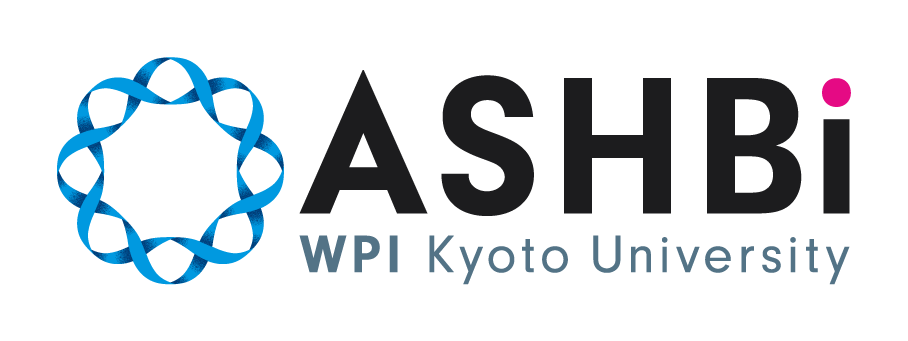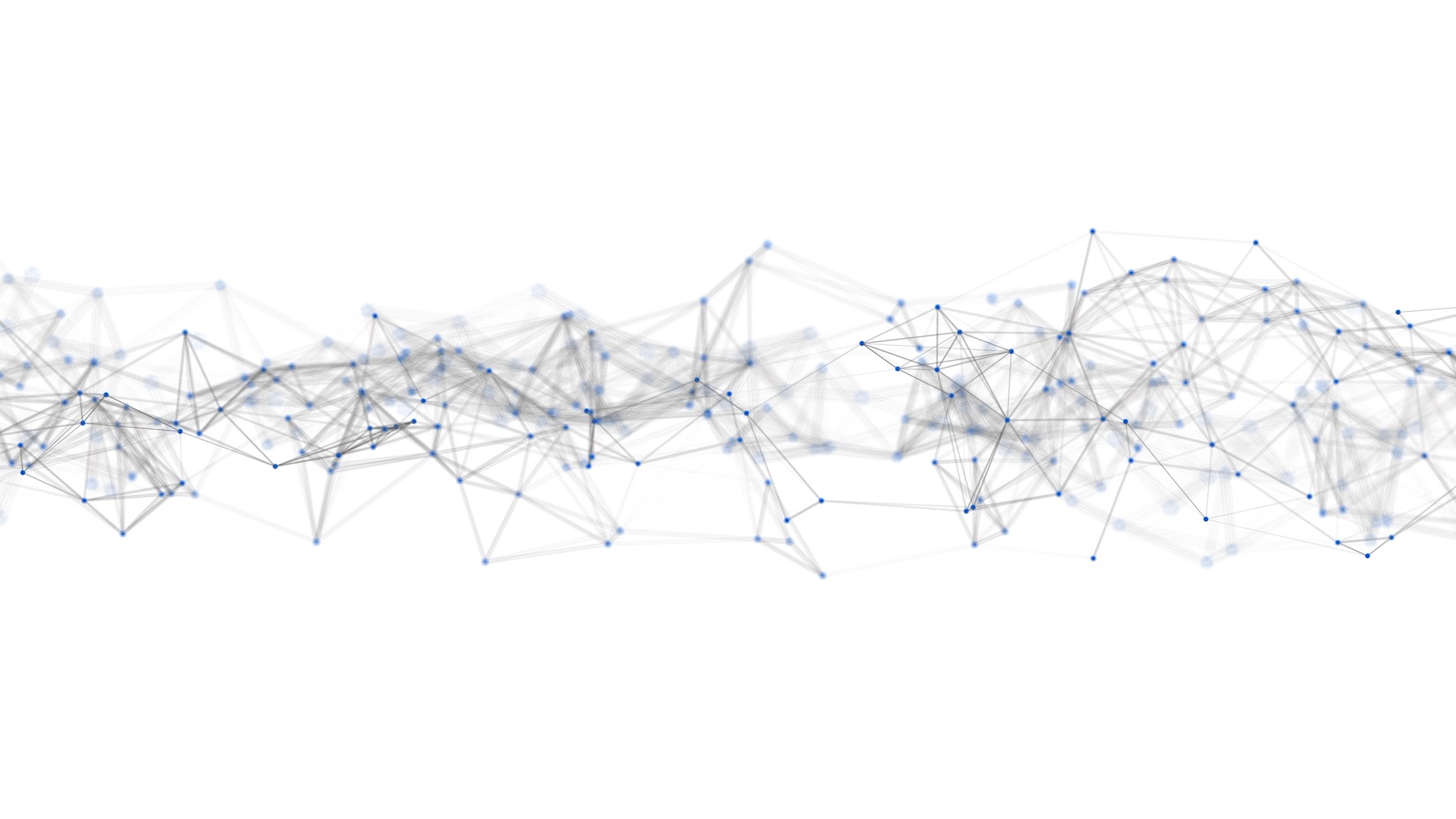
Olympio Hacquard
| Position | 研究員 |
|---|---|
| 研究グループ | 平岡グループ |
| Research Field | Mathematics |
| Personal Website | https://olympioh.github.io/ |
| 着任日 | 2025/04/01 |
Research Overview
We aim to develop a unified embedding framework for species differentiation by integrating diverse biological data types, including gene expression, transcriptomics, DNA sequences, and Hi-C interaction data. Using deep learning and representation learning techniques, we will generate multi-modal embeddings that capture species-specific configurations. In particular, distances between the embeddings and between gene regulatory networks can help leveraging specific differentiation patterns. A particular attention will be put in generating interpretable embeddings and having appropriate measures of feature importance.
Biography
Olympio Hacquard obtained a PhD from Université Paris Saclay in 2023 for his work in topological data analysis. After a JSPS fellowship for one year at the Kyoto University Institute for Advanced Study under the supervision of Hiraoka Yasuaki, he is now appointed in the Hiraoka group at the Advanced Study of Human Biology Institute.
Publications
Hacquard, O. (2025). Hypergraph clustering using Ricci curvature: An edge transport perspective. arXiv. https://doi.org/10.48550/arXiv.2412.15695
Cattiaux, P., Delebecque, F., & Hacquard, O. (2024). Some flocking properties for a model of collective dynamics with topological interactions. Communications in Mathematical Science, 23(1), 143–172. https://dx.doi.org/10.4310/CMS.241217080530
Hacquard, O., & Lebovici, V. (2024). Euler characteristic tools for topological data analysis. Journal of Machine Learning Research, 25, 1–39. https://www.jmlr.org/papers/volume25/23-0353/23-0353.pdf
Hacquard, O., Blanchard, G., & Levrard, C. (2023). Statistical learning on measures: An application to persistence diagrams. arXiv. https://doi.org/10.48550/arXiv.2303.08456
Hacquard, O., Balasubramanian, K., Blanchard, G., Levrard, C., & Polonik, W. (2022). Topologically penalized regression on manifolds. Journal of Machine Learning Research, 23, 1–39. https://jmlr.org/papers/volume23/21-1270/21-1270.pdf


